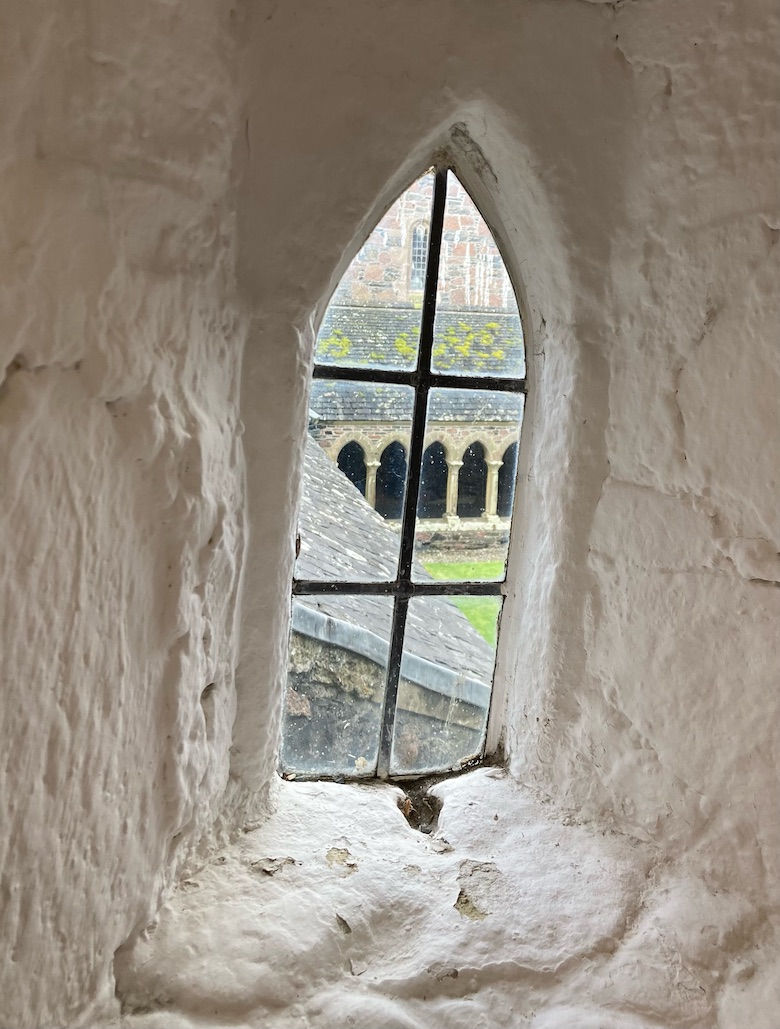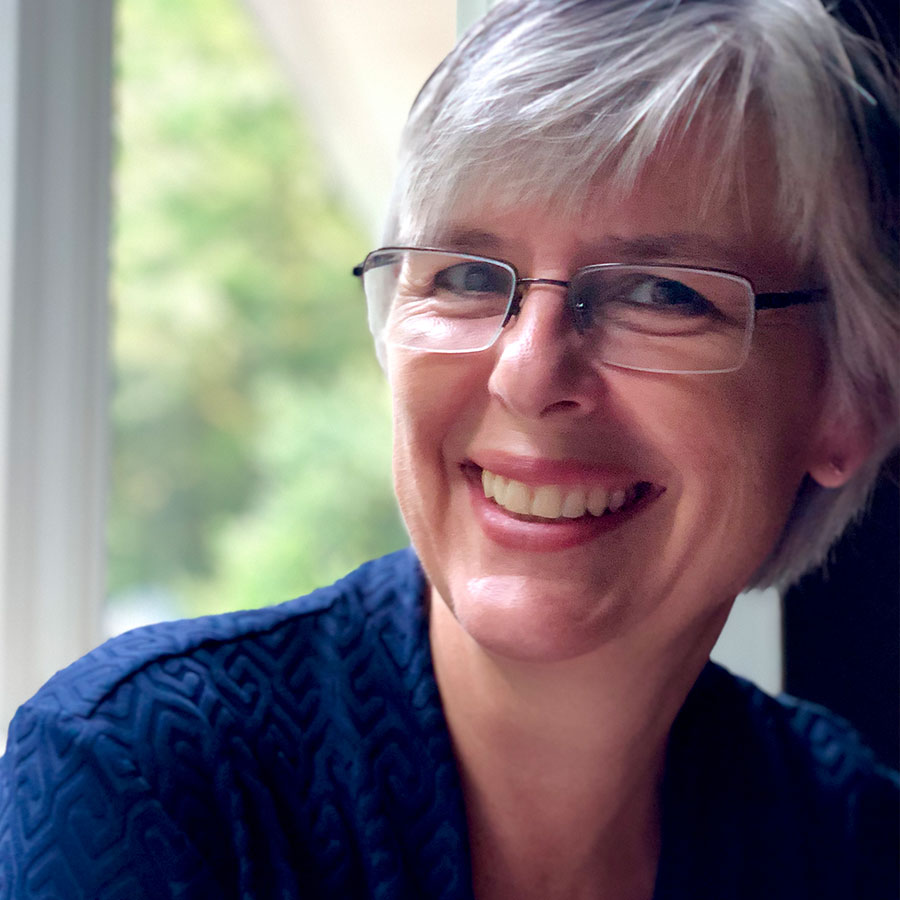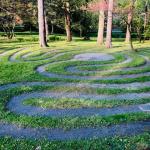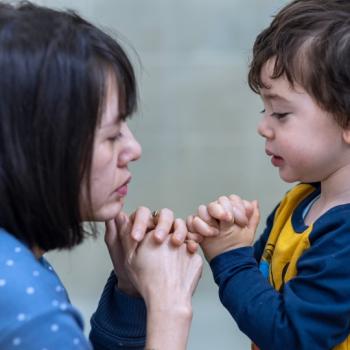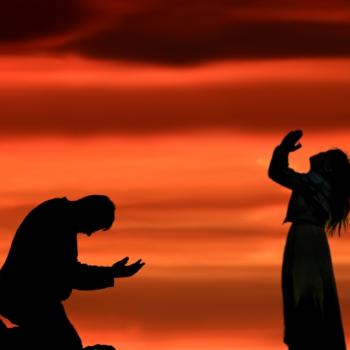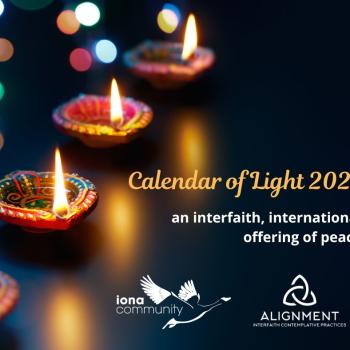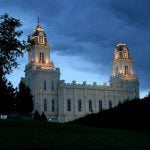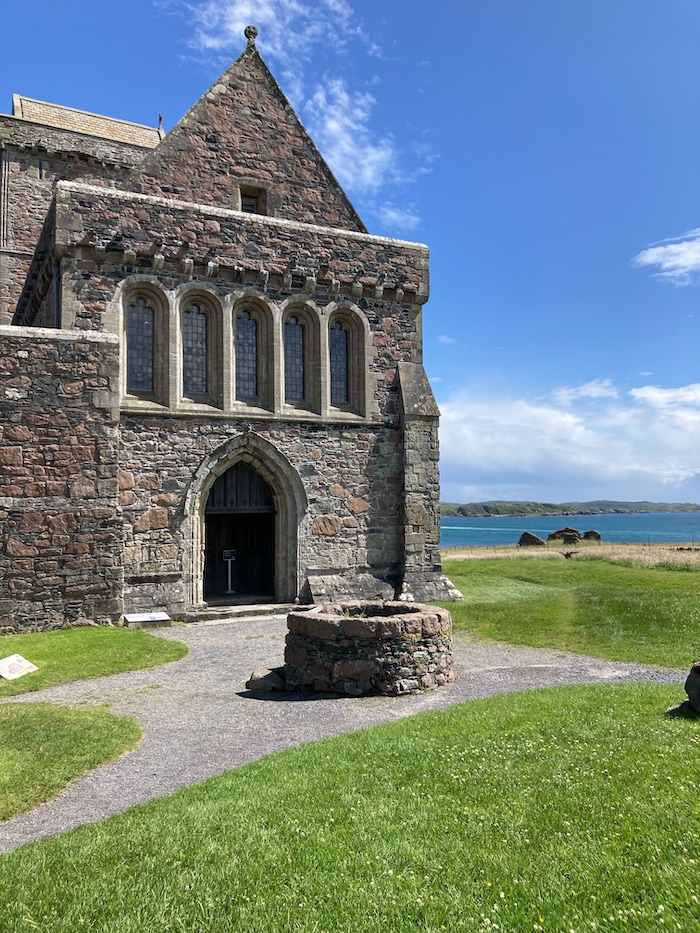
The open door. A symbol of invitation. Of acceptance. Of welcome. It was the theme of how I was raised. My parents arrived in Birmingham, Alabama in 1949 from their small Scottish village. Through a door that was open to them because they were coming to continue their ministry in a Presbyterian church. They found that doors open for them were not open for all in the highly segregated city where they strove to further the message of all-encompassing love. Ultimately pushed north, they were welcomed into the City of Sibling Love. The motto (if ministers can have mottos) of my father’s 30-year ministry in Philadelphia was the Open Door. The symbolism was woven into many aspects of my life, but it took me years to realize that the door was far more than a way in.
It was a way through. A way beyond.
The message to the angel in the church in Philadelphia, “Look, I have set before you an open door that no one is able to shut. (Rev 3:8)
Living in the manse, the church-owned house, as the child of the minister, I was accustomed to the door being open. From dinners hosted for visiting dignitaries, to church picnics in my garden, to a kitchen where the kettle was always on and the table ready to receive whoever needed to sit for a while, hospitality was central to the family’s ministry. I listened to my mother at the door, greeting people not with the perfunctory, “How are you?” that we tend to ask, not expecting a reply. But instead with the stress just where it needed to be. “How are you?” It opened the door for people to share and know that someone was ready to listen. The open door brings with it the invitation of welcome, of compassion, of acceptance, and of belonging. It holds the threshold between two lives connecting.
Crossing the Threshold
The open door, however, was much more symbolically in my journey of faith than the tenet of hospitality. It also came with the encouragement to look beyond, on the other side of the threshold. Freedom to question. To explore. To travel new paths. To venture. And freedom to accept that God is not limited to one side of the door. That God is, in fact, the invitation to cross the threshold and to find connection with others who are seeking peace. And others who are grieving. And others who know spirit in the running wave and the flowing air. Furthermore, when we take the courageous step of sharing our prayer practices with those of another tradition, of embracing the practices of another tradition and incorporating them into our own, we open the door to a stronger humanity. A humanity that can work for justice together, because it has learned not just to welcome others in, but also to venture out.
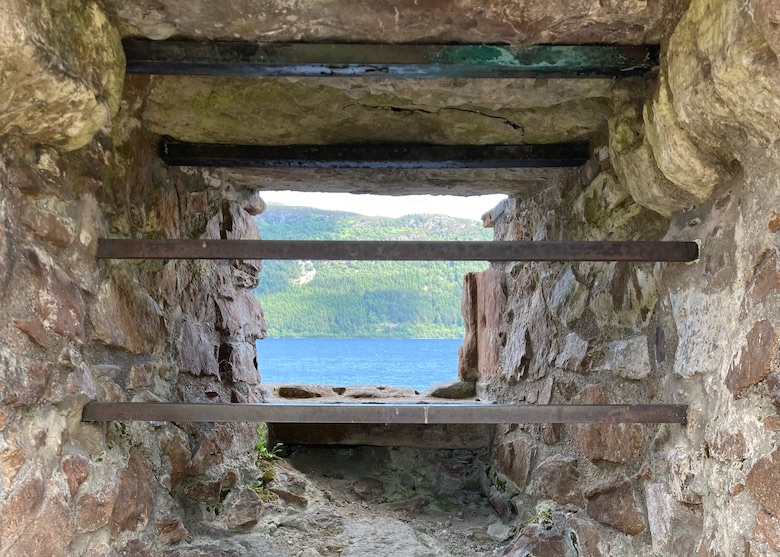
Passport to Understanding
Interfaith Philadelphia offers a beautiful resource for exploring exactly this process: The Passport to Understanding. It offers a nonlinear process of engaging with people of other faith traditions in order to fulfill their mission
to promote social harmony and inter-religious understanding, by equipping individuals and communities for interfaith engagement, building collaborative relationships, and standing in solidarity with our diverse neighbors.
The process includes the two sides of the open door. Venturing out and welcoming in. The understanding is clear and strong that the door does not open one way. Kaitlin Curtis in her book, Native – Identity, Belonging and Rediscovering God, writes about the journey of being human alongside others of different traditions. She defines the work of sharing our practices as the responsibility we all hold to and for our own tradition, and to and for one another. The intention is not to lose our own tradition, but rather to strengthen it in communion with others.
The Open Door of Pilgrimage
I have been traveling on pilgrimage to the island of Iona, the sacred place where earth meets sea and sky. It is a place that George MacLeod, founder of the Iona Community, called a thin place, where heaven and earth are separated by a veil as thin as tissue paper. It is always a place of renewal and rest for me. A place of inspiration and challenge. A place where the contemplative life walks hand in hand with the life of social justice and action. It is a place where big decisions are made, and also a place where there is a release from expectations and obligation. My journey here was not easy, as often legs of pilgrimage are not. But it was marked by an awareness of open doors at almost every turn. Conversations that challenged me to explain my care for creation when I had hopped on a plane to travel here. And opportunities to share an interfaith message in this cradle of Christianity in Scotland.
My hope is this: that you find yourself in places and spaces that leave your heart open. Whether you are welcoming in or venturing out, may the open door challenge and inspire you. May the connection between the here and there fill you with hope for what is and what might be.
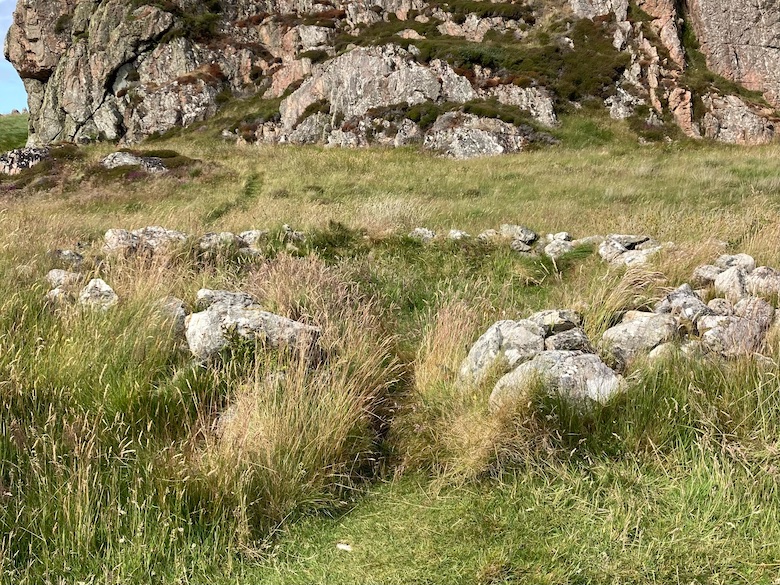
Read more about thresholds in Alignment’s article: Threshold Moments
Brigid of Kildaire, the Celtic saint who lived around 500 ce, was a great proponent of reaching beyond one’s own traditional spiritual understandings. J.P Newell writes that she was born in the doorway of her house to a Christian mother and Druid father. Born in the liminal light of early morning. Brigid urged us to stand with courage at the thresholds that we come upon in our lives. For there is the place where we open ourselves to suffering with one another. There we find a heart of compassion. She understood that we are stronger when we open ourselves to one another’s practices.
